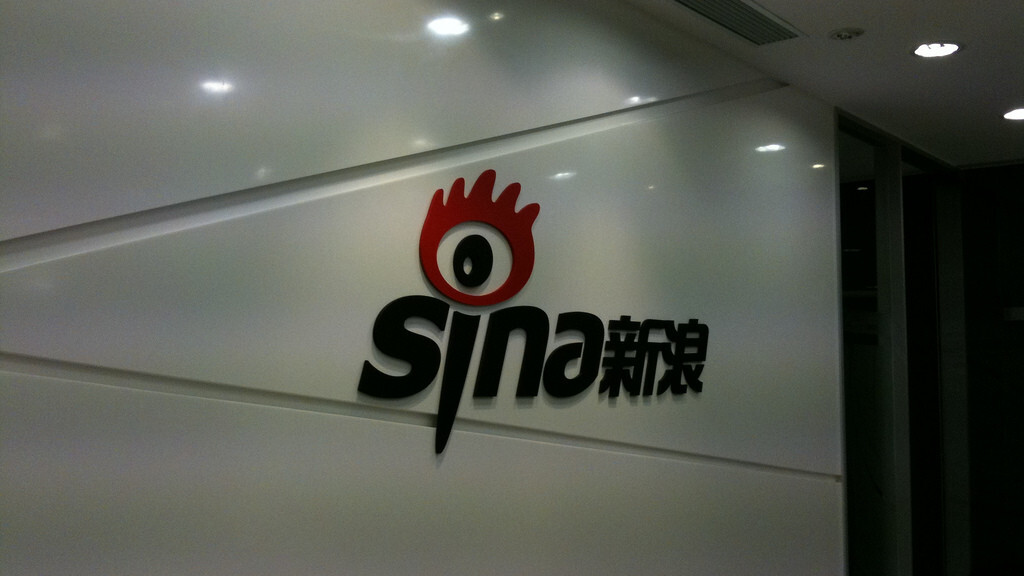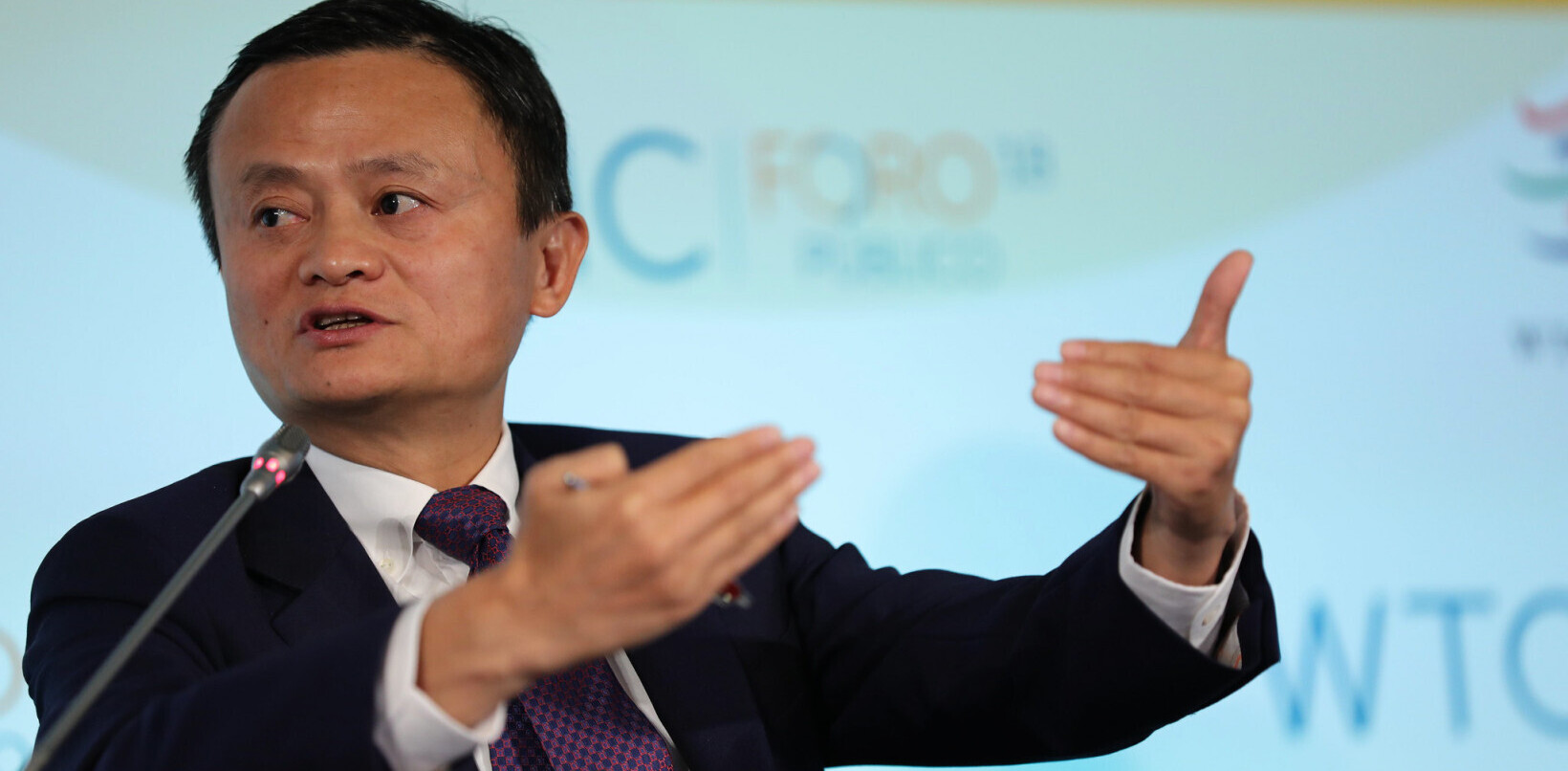
Alibaba, China’s e-commerce giant, last week announced that it had purchased an 18 percent stake in Sina Weibo, arguably the nation’s most important social networking platform. The move had been heavily speculated for some time, but the size and influence of both firms made the news was a hot topic among industry analysts and China watchers: in western terms, it is akin to eBay partnering with Twitter.
So, why does a huge e-commerce firm — Alibaba makes more money than eBay and Amazon combined — want in on a major social network? Before we dive in, let’s just briefly touch on what makes these two companies so important in China.
Alibaba
Alibaba began life as a B2B e-commerce service intended to connect manufacturers with suppliers, but, after noticing a sweet spot, the company quickly opened up several subsidiary services, each operating under the Alibaba umbrella.
Among them are Tmall, a B2C platform featuring both international name-brands and local alternatives, Taobao, a C2C platform not unlike eBay, eTao, a service that compares prices of online retailers (including those unaffiliated with Alibaba) and Alipay, a PayPal-like third-party payment service. Keep in mind, Alibaba doesn’t actually SELL anything – in all of these cases, the company acts as a conduit, not a vendor.
Sina Weibo
Sina Weibo, meanwhile, is often compared to Twitter, but that comparison doesn’t capture the essence of the service. Like Twitter, information spreads at lightning speed, but users can track and contribute to nuanced discussions in a manner more reminiscent of Facebook.
As is the case with most major social networks, any number of different entities can have a page, including celebrities, brands, and media outlets. With its speed and tendency to generate debate, Weibo is the chaotic town square of China’s Internet. It’s home to over 400 million users and, at peak, it sees more than 700,000 posts per minute.
The influence of these two companies can’t be understated. But despite their many strengths, as China’s cyber landscape continues to evolve, their weaknesses grow more apparent.
Alibaba’s push towards social
For Alibaba, that weakness is in social. While Taobao and Tmall are already firmly established in the nation, when it comes to bridging the gap between a tweet and a purchase, Alibaba and its subsidiaries have room to catch up. At the moment, there aren’t many ways for buyers to interact with others, except for, well, buying stuff. Enhancing the ‘social glue’ is one way to increase the likelihood of a purchase and spark greater levels of engagement.
Alibaba’s previous, homegrown forays into social — for example, the Pinterest clone taobao.wantu — haven’t caught fire. But Alibaba has lately begun to collaborate with established players in the social space in order to enrich its shopping experience. Last month, for example, it officially incorporated functionality for Xiami , the personalized music-streaming service.
Obtaining a stake in Sina Weibo, therefore, is an efficient, logical way for Alibaba to piggyback a winner, improve its own social capabilities, and drive sales. The company also gains access to the wealth of data in Weibo to improve personalization of its e-commerce platforms. Only days after the deal was announced, Weibo users noticed Taobao ads appearing on their profiles.
As for the future, it’s not unrealistic to expect personalized ads and Weibo integration on Alibaba services. And if last year’s Xiaomi sale was any indication — flash sales for followers and other Weibo-based commerce initiatives will become more common.
Alibaba and Sina’s push towards mobile
China’s mobile space is open for early movers, but one particular competitor has already made significant leeway: Tencent, with its social messaging service WeChat.
WeChat already has over 300 million users and it is encroaching on Sina’s domain as China’s top social service. CEO Charles Chao himself has gone so far as to admit that competition from the chat app has lowered the average user session on Weibo.
WeChat’s primary service is SMS like text chat messages and, though Tencent is yet to monetize it, other messaging services like KaoKao Talk in Korea and Line in Japan have shown that chat apps are capable of bringing in revenue in ways few could have expected.
While WeChat’s growth hasn’t yet transitioned into the sale of actual, tangible consumer goods, it is coming. Tencent has previously stated its intention to integrate TenPay, its mobile payment system that rivals Alibaba’s Alipay. Once that happens, any purchases made through the Tencent service will mean fewer going through Alibaba.
Meanwhile, mobile e-commerce has exploded in China. Alibaba’s own research revealed that purchases made on its main platforms through mobile devices saw an increase of 600 percent in 2012. And yet, mobile purchases still only account for slightly over 5 percent of total purchases. Astounding growth numbers this early in the game, coupled with a sizeable competitor, make now the ideal time to ramp up developments on mobile.
Lately, Alibaba and Sina have each made concerted efforts to improve their mobile capacity, and have achieved mix results. In 2012, Alibaba developed Aliyun, its own OS, which featured integration with Taobao.
That buzz around that software fizzled down somewhat after Google insisted that Aliyun’s Android-forked OS fork violated legal agreements it made with Acer, the software’s biggest buyer and a member of Open Handset Alliance for Android partners. Alibaba’s rebound attempt at the OS — which is backed by $200 million — is still to attract the attention of high-profile device makers.
PC has traditionally been Sina Weibo’s strength, but it has recognized that mobile is the way of the future. Last week it announced a major upgrade to its mobile app that would enhance its integration with other third-party apps, in an effort to keep the social network at the center of users’ mobile activity.
With the two firms each finding their feet in the era of the smartphone, the deal marks an agreement to venture forth together into the mobile space.
Alibaba’s IPO
The final element driving this deal is Alibaba’s widely-speculated pending IPO. As 36kr notes (link in Chinese), the purchase kills two birds with one stone: It can jolt investors’ confidence in Weibo — Sina’s stock has lagged as it has struggled to monetize and come to terms with mobile — and it will also convince Alibaba investors that the firm is big and bad enough to go public itself.
Less than a week has passed since the deal was announced, and these assumptions already appear to have been valid. Sina Weibo’s stock price jumped 11 percent, and yesterday Alibaba reportedly received the go ahead for $8 billion in loans from a total of nine banks, which would seem to confirm it’s preparing for an IPO.
Of course, it will take some time for users to notice the full effect of the purchase, but considering how fast Taobao adds popped up on Weibo, expect to see changes on all related platforms sooner rather than later.
Image Credit: bfishadow/Flickr
Get the TNW newsletter
Get the most important tech news in your inbox each week.




